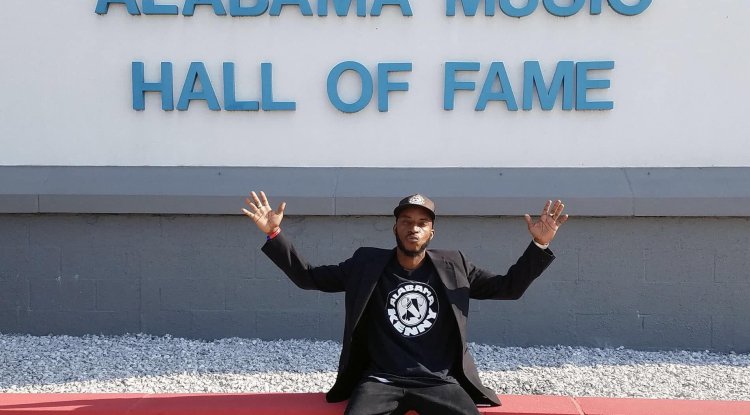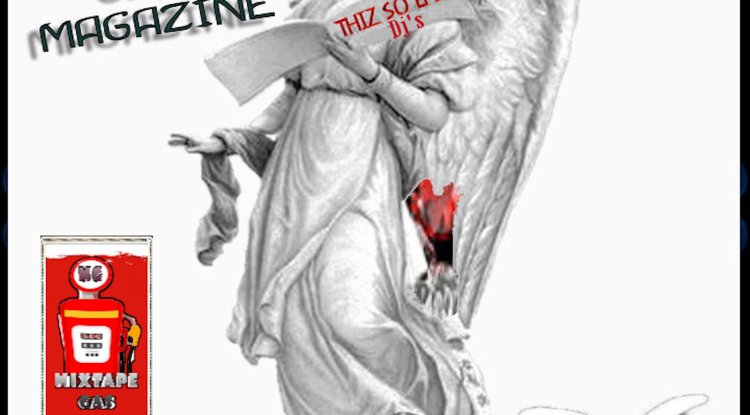Jambhala Wealth Gods
Chanting the mantra of every Jambhala is believed to be more beneficial if the chanter has received oral transmissions from a teacher who holds the teaching Lineage
The five Jambhalas

Bronze statue of Jambhala, 15th-16th century Tibet. The five Jambhalas are the manifestations of the compassion of Buddhas and Bodhisattvas to guide sentient beings along the path to enlightenment. They have the essence of generosity and represent the activities of increasing benefit. Their aspirations are to help the poor and those suffering from ill-fortune.[3] Green Jambhala See also: Akshobhya Green Jambhala is the chief of the five Jambhalas and is the manifestation of Buddha Amoghasiddhi, depicted standing upon a corpse and holding a mongoose in his left hand and a Kapala in his right hand.[1] He is usually shown with his consort and carrying a jewel producing mongoose in his left hand.[4] Green Jambhala has bluish green colored body. He sits in the vajra position with Dakini in front of him. His right leg is panhandle with right foot is above a snail and lotus flower, while his left leg is kinked. On his left hand is an animal called Nehulay (mongoose) which spue out jewels from its mouth, his right hand holding Norbu. The Dakini holding lotus flower in her hand. The Mantra of Green Jambhala is:[5] Om Karma Jambhala Ah Svaha White Jambhala See also: Chenrezig and Avalokiteśvara White Jambhala (or Dzambhala Gapee in Tibetan) is the compassionate manifestation of the Bodhisattva Chenrezig (Guan Yin). He can remove the suffering of poverty and sickness, purify non-virtuous karma and karmic obstacles, avert disaster and sickness, and evolve bodhicitta mind.[1][3] The Tibetan legend said that a revered high lama, Atisha, was walking alone when he found a man starving and near death. After looking around and unable to find food for the old man, he cut flesh from his own body and offered it to the starving man. But the man refused to eat of his flesh. Being depressed and not knowing how else to help the man nearing death, Lama Atisha sat down next to him. At that point there was a blinding bright white light and before Atisha appeared Chenrezig of Compassion. He told Lama Atisha that he was going to manifest himself as the God of Wealth, Jambhala, and assure that those in poverty would suffer no longer.[6] As the manifestation of Avalokitesvara Bodhisattva, White Jambhala was born from his right eye. He sits on a snow lion, although some artists depict him sitting on a dragon, and a mongoose in his left hand spits out precious diamonds and ornaments.[1] White Jambhala has white colored body. He also holding a Wealth Banner in his left arm and a gold sword in his right. The Mantra of White Jambhala is:[5] Om Padma Krodha Arya Jambhala Hridaya Hum Phat When cultivating the "Dragon-riding White Jambhala Practice", the practitioners can also pray that he will lead them to hidden treasures. In the olden days, Tibetan Tantric masters placed their precious teachings in caves. These teachings were sealed in the four elements of "earth, water, fire and wind". One needs to employ very special methods to retrieve these Dharma treasures. One must also know the location of the caves where these ancestry masters had practiced in seclusion. The practitioners may pray to the "Dragon-riding White Jambhala" so that he will bring them to these caves where the treasures were hidden.[7] Yellow Jambhala Partly gilded Tibetan bronze statue of Vaisravana Jambhala sitting on a snow lion and holding a mongoose in his left hand. 18th century See also: Vaisravana and Ratnasambhava The Yellow Jambhala is considered the most popular and powerful of the Wealth Gods.[6] He is the emanation of Buddha Ratnasambhava. He can remove poverty within the six realms, increasing virtues, life span and wisdom.[3] He is also said to be an emanation of Vaisravana, one of the "Four Great World-protecting Heavenly Kings". He is the guardian of light in Buddhism, a great charitable deity who grants fortune and protection. Lord Vaisravana lives in the northern region under the Four Heavens, at the northern crystal palace on the fourth level of Mount Sumeru. His servants are either yaksas or bhaisajya-yaksas. According to the commentary on Lotus Sutra, this heavenly king is extremely knowledgeable as his perpetual protection of the Buddhas has enabled him to receive many teachings.[7] Yellow Jambhala has yellow colored body, he sits in the vajra position with his right leg is panhandle, his right foot is above a snail and lotus flower, and his left leg is kinked. He has one face and two arms. His left hand holding a mongoose named Nehulay which spews forth precious jewels from its mouth, while his right hand holding gems shaped fruit and leaf of lotus.[5] An ordinary image of Lord Vaisravana is one that holds a precious pagoda in the left, which pours out various treasures. In Tibetan Tantric images, the precious pagoda is replaced by the treasure-emitting mongoose.[7] Yellow Jambhala sits on a lotus, sun disk and moon disk.[1] His mantra is:[5] Om Jambhala Jalendraye Svaha Red Jambhala Ganapati, Maha Rakta See also: Ganesha, Ganesha in world religions, and Vajrasattva Red Jambhala is depicted practising together with his consort, the heavenly mother of wealth that is in charge of wealth in the human realm. In ancient times, this deity was practiced mainly by kings and royalty. His practice is most suitable to people in high power, or to pray for high power, for it can attract people, wealth and fame. One will enjoy wealth in abundance and shall be well respected and supported by people.[3] There is also the Red Jambhala magnetizing method that can bless the practitioner with marital bliss and a harmonious family.[7] Red Jambhala is the manifisation of Vajrasattva. He has two faces and four arms and holds a treasury mongoose on his left hand. His Tibetan name is Dzambhala Mapo.[1] Red Jambhala has a red colored body, sits in the vajra position with Dakini in front of him. His right leg is panhandle with right foot is above a snail and lotus flower, his left leg is bent. He is holding an animal known as Nehulay (mongoose) in his left hand, his right hand holding Khorlo (Cakra), the Dakini holding Kapala containing Nectar in her left hand and Norbu Mebar in her right hand. The Mantra of Red Jambhala is:[5] Om Jambhala Jalendraye Dhanam Medehi Hrih Dakini Jambhala Sambhara Svaha Some people believe he is the Hindu God of Wealth Ganesha,[4] the Red Ganapati,[1] and has the head of an elephant.[6] After the rise of Tantric Buddhism, Ganesha became a Tantric wealth deity and is known as the "Lord of Provisions in Tibetan Tantrism". According to legend, Red Jambhala was in charge of the heavenly treasury that belonged to Lord Mahesvara’s son. Due to his extreme compassion, Red Jambhala had unfailingly answered the prayers of many worshippers. Enraged by Red Jambhala’s indiscriminate charity to both the good and evil, Dharma guardian Mahakala decapitated him. It was only after the wealth deity repents that Mahakala plants an elephant’s head on his neck and receives him as a retainer.[7] Black Jambhala See also: Kubera and Amoghasiddhi The Black Jambhala is also known as the Hindu God of Wealth, Kubera.[6] Originated in ancient India, he manifested from the waters of the river and gave the transmission of generating wealth to a king whose kingdom was undergoing extreme financial difficulties during that time. He also benefits the poor and those in solitary retreat that have a virtuous mind.[3] Popularized by Shakyasribhadra, holding a skullcup and mongoose, naked and wrathful in a standing posture. He is the God of Wealth in Tibetan Buddhism. With august guise he treads on the back of yellow rich man. Jambhala, Black (Tibetan: dzam bha la, nag po), a wealth deity popularized in Tibet by Bari Lotsawa (b.1040) and the Kashmiri teacher Shakyashri Bhadra. ... the Lord Jambhala, with a body black in colour, having the appearance of a dwarf, naked, sexually aroused, pot-bellied, with pierced ears, three bulging bloodshot eyes, brown hair flowing upwards and bared fangs, in a standing position, the right leg bent, and the left straight. He has one head and two arms. The right hand holds the top of a skull in front of his chest as a blood container, and the left hand holds a mongoose expelling wish fulfilling jewels. On his head is a crown of five skulls in the shape of the Five-Buddha crown; around his neck is a string of 50 prayer beads made of human skulls, with five-colored snakes as bracelets on hands, feet and neck. He shows anger on his face, standing with his right leg bent, his left leg extended, the right leg is extended pressing upon the head of the yellow Lord of Wealth, adorned with various gold ornaments, lying face down beneath Black Jambhala's feet.
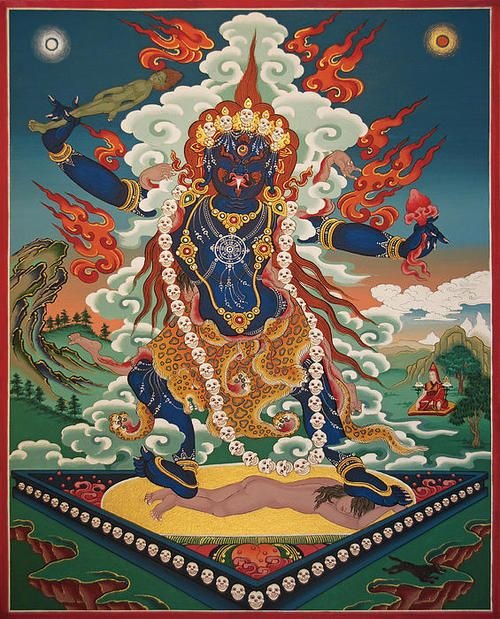
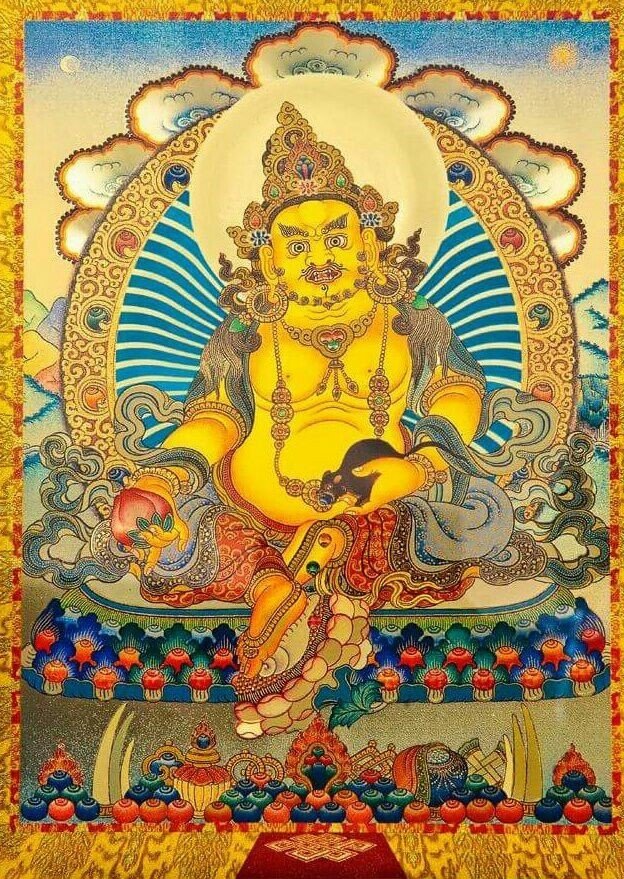
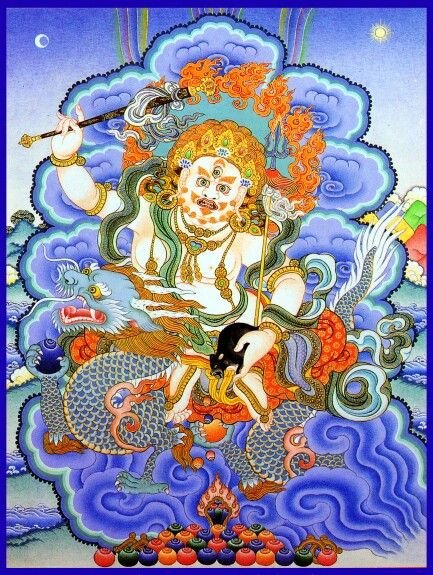
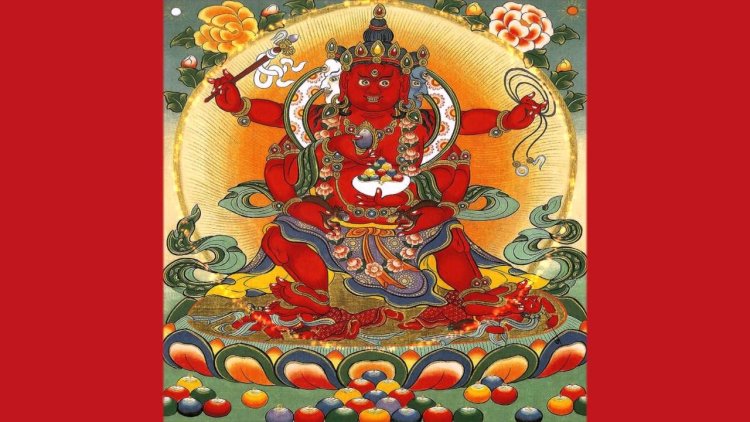
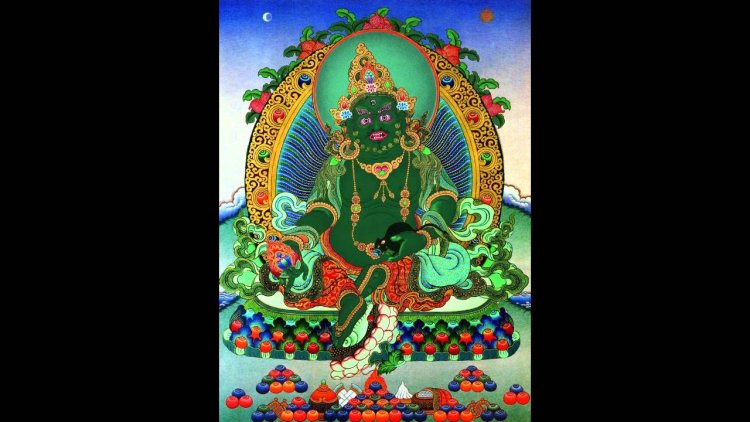


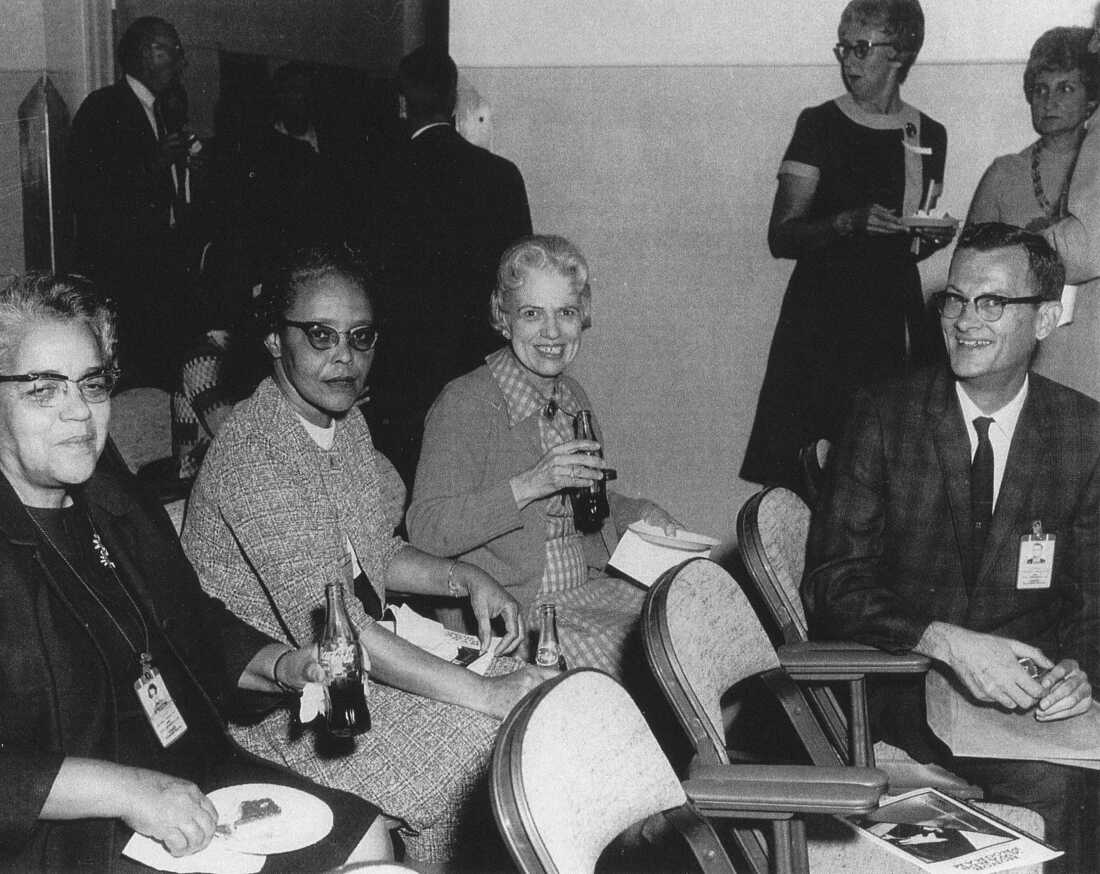




/cloudfront-us-east-1.images.arcpublishing.com/gray/BFMUKWSWURCKTM4CQOY4DVUYOA.jpg)


